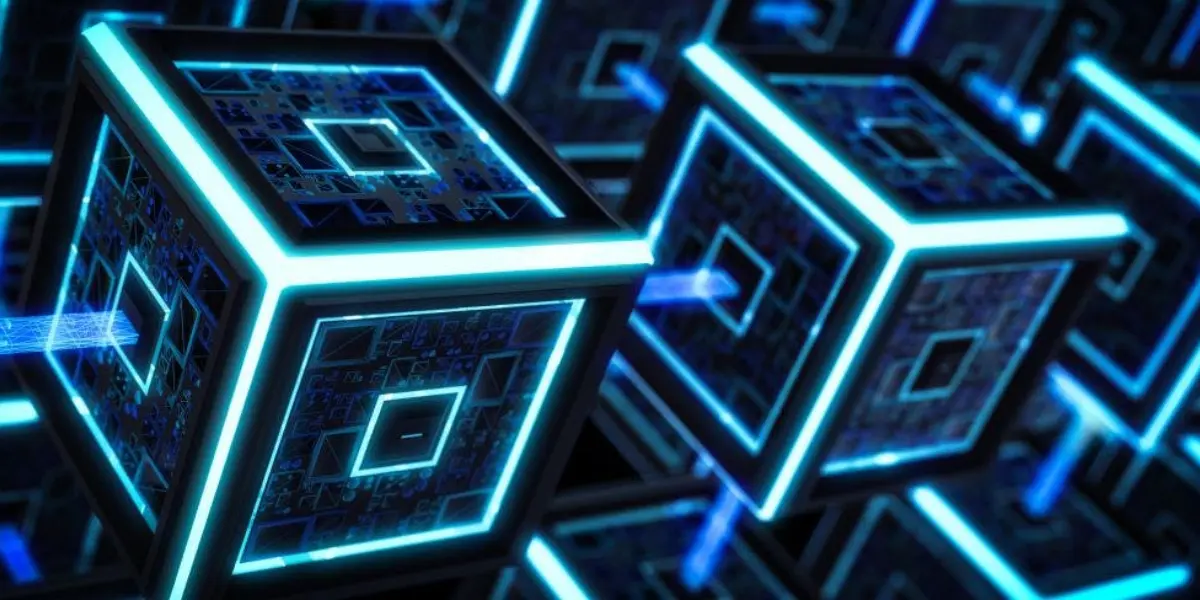Challenges linked to the protection of intangible assets
More than 65% of a company’s value comes from its intangible capital, including intellectual property
In 2021, it was estimated that more than 65% of a company’s value came from its intangible capital*. This proportion tends to increase significantly for younger companies or companies with few tangible assets (such as AirBnB, a highly valued company that yet does not own a single flat). Today, a company’s value no longer solely relies on tangible assets. Intangible assets and Intellectual Property have also become strong value drivers, and include know-how, sales methods, domain names, trademarks, patents, databases and copyrights.
This growth goes hand in hand with a rise in tools and technologies designed to provide better security and traceability of these assets. Hardly a day goes by without the terms GDPR, cybersecurity, cryptography and blockchain coming up in the news. These topics show that intangible assets have become coveted values and that it is essential for companies or individuals who own them to make the right choices to protect them. We will thus realise that blockchain may not always be the wisest solution to best protect the copyright of one’s digital creation.
* Sylvie Gamet – https://nowall-innovation.com/wp/actifs-immateriels-valeur-entreprise
What is an intangible asset?
By definition, intangible assets are composed of elements that are difficult to materialise and that are heterogeneous. These two characteristics make it difficult to:
- identify the elements that constitute intangible assets,
- establish proof of their existence,
- assert the ownership of rights or property,
- manage these assets.
Many professionals believe that blockchain can overcome these barriers and offer a more efficient way to manage intangible assets. We have indeed seen in the introduction that blockchain makes it possible to trace digital data with the highest levels of reliability and certainty. However, its use as legal proof of action is more questionable. Indeed, Blockchain won’t provide the same level of service and guarantee as a trusted third party, in particular, if a company or individual finds itself in copyright litigation and needs to prove authorship over a creation. The link between an asset and its author is indeed almost impossible to prove on a blockchain.
Quick overview of blockchain technologies
Within a few years, blockchain has become a recurring topic in conferences, newspapers, research papers, news magazines, etc, triggered by the use of Cryptocurrencies and NFT (Non-Fungible Tokens). As a consequence, Blockchain has become a key element in the development of new technologies and innovative businesses.
What is blockchain and how does it work?
Blockchain relies on different technologies including peer-to-peer networks, cryptography, and consensus mechanisms, to create an environment that is deemed unalterable. In simplified terms, blockchain can be defined as a technology for storing and transmitting information in which data verification and transaction validation are carried out by consensus without the intervention of a central control body.
Understand more about software Intellectual Property protection
In concrete terms, each transaction recorded in the blockchain is integrated into a block which will have to be mined to take its place definitively within the chain. Mining consists of validating the entire block by carrying out complex algorithmic calculations that require a significant amount of energy.
These calculations are carried out by miners, who are members of the blockchain, with high processing capacities. The energy mobilised by the miners will materialise the proof of work, will legitimise the block and allow it to be integrated into the chain.
Several miners will work on the blocks at the same time. The first miner who achieves the result is rewarded with a crypto-fuel. The form that crypto-fuel takes varies depending on the blockchain platform; it can be crypto-currency, storage space, or the free use of one of the services managed by the blockchain…
This incentive mechanism is very important to mobilise the needed number of miners. Indeed, the greater the number of miners, the greater the competition and the more powerful the consensus.
3 characteristics of the blockchain
The main characteristics of the database constituted by the blockchain are:
Validation by consensus
To be registered in the blockchain, each transaction must be validated by the mining of a block. This operation requires large amounts of energy, and it is this amount of energy used that guarantees the integrity of the chain. It is impossible to falsify the result and thus compromise the content of the chain.
Use of cryptographic techniques to guarantee the immutability of the chain
Each block is subject to a complex hash that guarantees both its content and its place within the chain.
The distribution of the chain
Blockchain is a distributed database. This means that several copies of the chain exist simultaneously on different nodes. A node corresponds to a piece of computer equipment that has been integrated by its owner into the blockchain, either by carrying out a transaction or by mining. The distributed nature of the database makes it impossible to recreate the entire chain at any time, even in the event of an attack on certain nodes. This increases the security of the database. It also gives each user the possibility to trace the history of the chain and thus the validity of transactions.
Conclusion
Many publications give detailed explanations of how blockchain works and it is not our intention to go into such details. Our next upcoming articles on the topic will show how the various characteristics of blockchain can provide solutions to the problems encountered by companies in the way they manage their intangible assets, and will study the impact that blockchain technologies can have on the two major issues faced by intellectual property: the administration of the proof and the management of the intellectual property rights.
Disclaimer
The opinions, presentations, figures and estimates set forth on the website including in the blog are for informational purposes only and should not be construed as legal advice. For legal advice you should contact a legal professional in your jurisdiction.
The use of any content on this website, including in this blog, for any commercial purposes, including resale, is prohibited, unless permission is first obtained from Vaultinum. Request for permission should state the purpose and the extent of the reproduction. For non-commercial purposes, all material in this publication may be freely quoted or reprinted, but acknowledgement is required, together with a link to this website.

